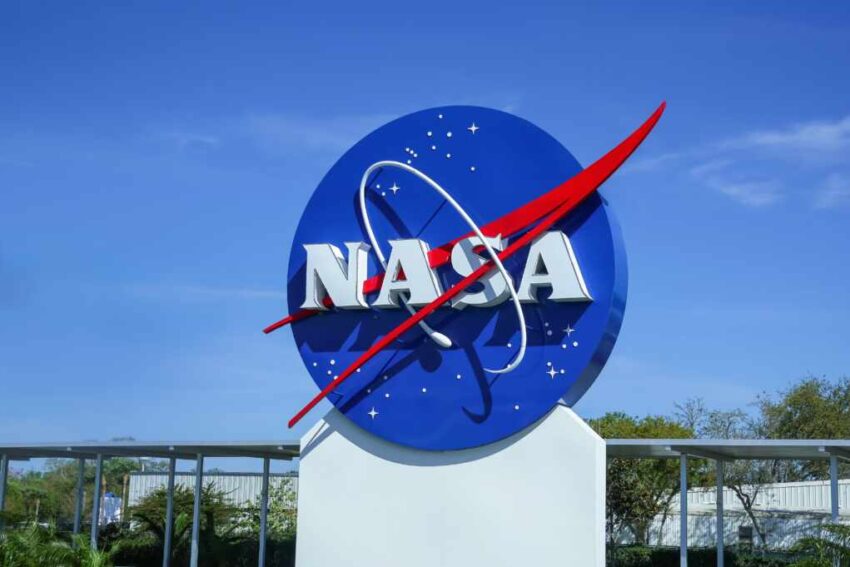NASA’s Double Asteroid Redirection Test (DART), which slammed into the asteroid moonlet Dimorphos in 2022, remains highly relevant today as scientists refine planetary defense strategies and prepare for ESA’s Hera mission to study the aftermath in 2026.
At a Glance
- DART successfully changed Dimorphos’s orbit by 33 minutes, far exceeding its 73-second goal
- The mission cost $325 million and launched aboard a Falcon 9 in November 2021
- Momentum transfer was amplified by debris, providing critical defense insights
- Hera, arriving in 2026, will measure the crater, internal structure, and impact efficiency
- Rising concerns over asteroid threats keep DART central to planetary defense planning
A Breakthrough With Lasting Impact
DART’s success was not only a scientific milestone but also a validation of humanity’s first real planetary defense test. By shortening Dimorphos’s orbit around Didymos by 32–33 minutes, the mission showed that a kinetic impactor could alter the trajectory of a celestial body. The scale of the change far exceeded expectations, proving that deflection strategies could work if Earth were ever threatened.
Watch now: Nasa Dart mission animation shows how spacecraft could save the planet from an asteroid strike · YouTube
That demonstration has gained renewed importance as international agencies assess preparedness against asteroid risks. The United Nations and NASA have emphasized the importance of planetary defense initiatives, and DART remains the only test case where a spacecraft successfully altered an asteroid’s motion.
Why the Timing Matters
Concerns about asteroid strikes have kept DART in the spotlight. In 2023, NASA’s Planetary Defense Coordination Office tracked over 31,000 near-Earth objects, with new ones added almost daily. While none currently pose a threat, the sheer number highlights the need for tested deflection techniques. DART provided hard data on how ejecta amplified momentum transfer, turning a theoretical defense strategy into proven reality.
ESA’s Hera mission, now en route, will deepen this understanding when it arrives in late 2026. Hera’s analysis will determine not just how effective the DART impact was, but also how asteroid composition, density, and shape affect deflection. Those insights are vital for planning responses to different types of asteroids that could one day head toward Earth.
Building a Defense Toolkit
The relevance of DART lies in its role as a prototype. Future planetary defense will likely require a toolbox of approaches—kinetic impactors, gravity tractors, or even nuclear options depending on the scenario. DART’s results are already shaping models that estimate how much force is needed to alter an asteroid’s trajectory with sufficient warning time.
Hera’s measurements of crater size, subsurface structure, and debris fields will refine those models further. Together, the missions mark the beginning of a systematic approach to planetary defense. For now, DART’s success is the only real-world proof humanity can redirect an asteroid, making it a touchstone for both science and security planning.
The Takeaway
DART is not just history—it is an active foundation for global asteroid defense strategy. With Hera’s arrival on the horizon and increasing focus on planetary threats, the mission continues to influence policy, preparedness, and research. Its success has made clear that deflection is possible, but its long-term relevance lies in ensuring Earth has reliable methods ready before the next cosmic threat emerges.
Sources
Click this link for the original source of this article.
Author: Editor
This content is courtesy of, and owned and copyrighted by, https://deepstatetribunal.com and its author. This content is made available by use of the public RSS feed offered by the host site and is used for educational purposes only. If you are the author or represent the host site and would like this content removed now and in the future, please contact USSANews.com using the email address in the Contact page found in the website menu.





